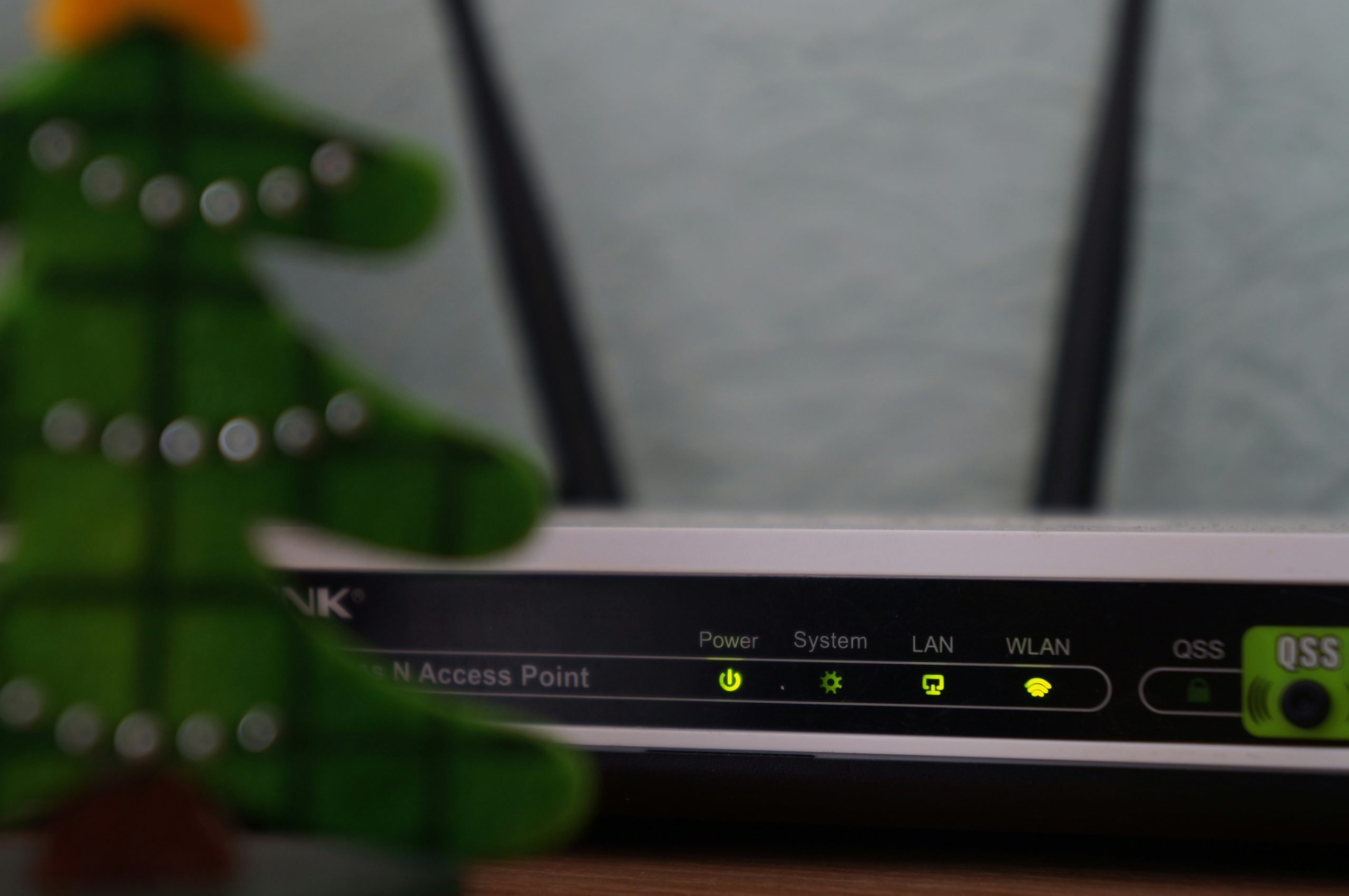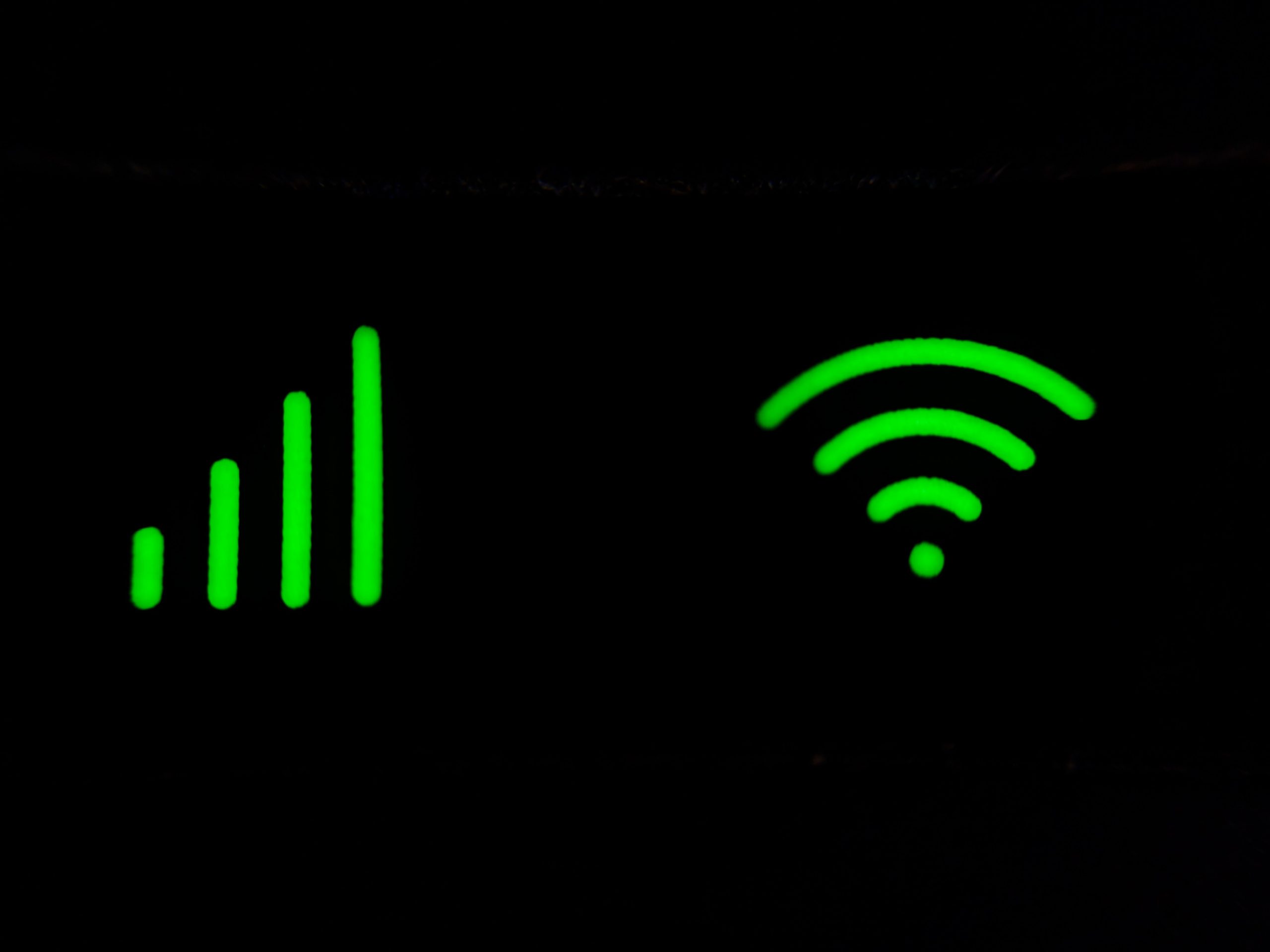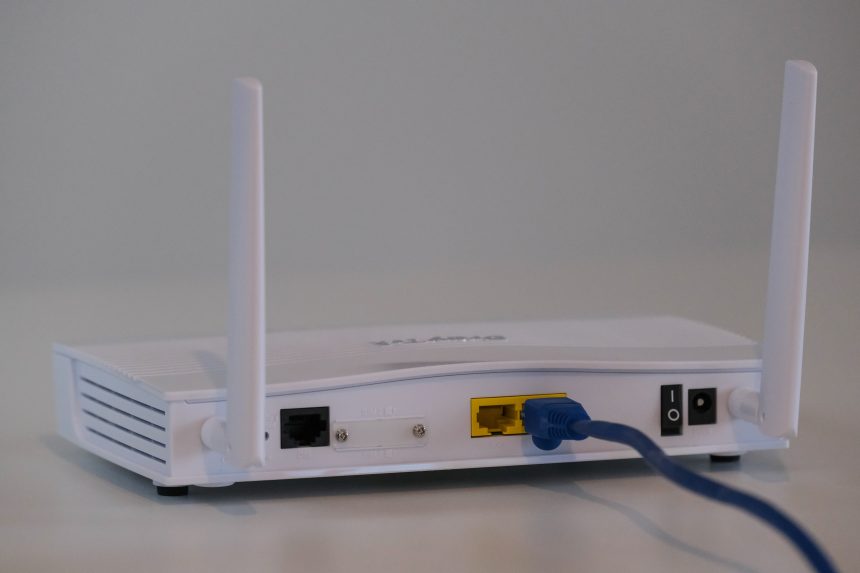Have you ever found yourself in a situation where you desperately need to access your router’s settings, only to realize you have no idea what its IP address is? It’s a frustrating predicament that many of us have faced at some point. Fear not, as we delve into the depths of networking mysteries and uncover the secrets of finding your router’s IP address. Whether you’re a tech enthusiast or a casual user, understanding how to locate this crucial piece of information will empower you to take control of your home network like never before.
Understanding the importance of your router’s IP address
Understanding the importance of your router’s IP address is crucial for managing and optimizing your home network. Your router’s IP address serves as an access point to configure settings, troubleshoot connectivity issues, and secure your network from unauthorized access. By knowing this unique identifier, you can gain control over various aspects of your network, such as setting up port forwarding for specific applications or devices and customizing security protocols to safeguard against potential threats. In essence, your router’s IP address is the gateway to maintaining a reliable and secure connection within your digital ecosystem.
Furthermore, understanding your router’s IP address enables you to maximize the performance of your network by accessing the admin console to monitor traffic, adjust bandwidth allocation, and update firmware. This level of control empowers you to create a more efficient and seamless user experience while ensuring that all connected devices receive optimal connectivity. With this insight into how each device interacts with the network through the central hub of the router’s IP address, you can proactively identify any bottlenecks or vulnerabilities in order to maintain a consistent and reliable internet connection throughout your home.

Locating the router IP address on different devices
Locating the router IP address may seem like a daunting task, especially when dealing with different devices. For Windows users, finding the router’s IP address involves opening the Command Prompt and typing in ipconfig. However, for Mac users, accessing this information is a bit more straightforward. By clicking on the Apple menu and selecting System Preferences, then navigating to Network and choosing the active network connection, users can easily find their router’s IP address.
When it comes to mobile devices such as smartphones or tablets, locating the router’s IP address may require different steps depending on the operating system. For Android users, accessing the settings menu and selecting Wi-Fi followed by tapping on the connected network provides them with all necessary network details including the router’s IP address. Meanwhile, iPhone or iPad users can find this information under Settings, then selecting Wi-Fi and tapping on their connected network for similar details. These diverse approaches underline that each device has its unique way of locating important networking configurations but ultimately lead to empowering users with control over their internet connectivity.
Using command prompt to find the router IP
One effective method for finding your router’s IP address is by using the command prompt on your computer. The process involves opening the command prompt, typing a specific command, and then locating the Default Gateway information. This can be incredibly handy when you need to access your router’s settings or troubleshoot network issues.
Using the command prompt to find your router’s IP address provides a quick and efficient way to access this crucial information without having to navigate through various settings or routers. It offers a straightforward solution for users who prefer dealing with commands rather than graphical interfaces, saving time and effort in the process.
By understanding how to utilize the command prompt for this purpose, users gain a deeper insight into networking and technology. It empowers individuals with an alternative approach to problem-solving and demonstrates the versatility of tools such as command prompt in managing network-related tasks.

Accessing the router settings using the IP address
Accessing the router settings using the IP address is like having a backstage pass to the control center of your home network. Once you enter the IP address into your web browser, you gain access to a treasure trove of configuration options that allow you to customize and optimize your Wi-Fi experience. From changing the network name (SSID) and password to managing connected devices and setting up parental controls, the possibilities are endless. However, be wary of tinkering with advanced settings if you’re not adept at networking, as one wrong move could disrupt your entire home network.
The process often involves typing 192.168.1.1 or 192.168.0.1 into your web browser’s address bar, which brings up a login page requiring admin credentials – usually found on the back of your router or in its documentation. With this level of access, it’s crucial to prioritize security by changing default usernames and passwords and keeping firmware updated regularly to shield against potential vulnerabilities. By understanding how to leverage this gateway into our routers’ inner workings responsibly, we can harness greater control over our digital domains while safeguarding against cyber threats that lurk in cyberspace.
Troubleshooting common issues with router IP addresses
One common issue with router IP addresses is the inability to access the router’s admin panel due to typing the wrong IP address. This can happen if you mistakenly enter an incorrect number sequence, leading to frustration and confusion. To troubleshoot this, users should carefully check their router documentation or search online for the default IP address of their specific router model. Sometimes, routers might also have a different default gateway that is necessary for accessing the admin panel, so it’s essential to verify all details before attempting to connect.
Another prevalent problem users encounter with router IP addresses is network conflicts or IP address overlap. When multiple devices on the same network share identical IP addresses, communication issues arise and disrupt connectivity. To resolve this, users can try releasing and renewing their device’s IP configuration using command prompts or by resetting their routers. Additionally, configuring routers to use DHCP (Dynamic Host Configuration Protocol) can automatically assign unique IPs to each device and mitigate these conflicts.

Securing your router IP address from external threats
Securing your router IP address from external threats is a critical step in ensuring the safety and privacy of your home network. With the increasing number of cyber threats, it’s essential to take proactive measures to protect your router IP address from potential hackers or intruders. One effective way to do this is by enabling strong encryption methods such as WPA2 or WPA3 on your router, which can prevent unauthorized access to your network.
Another important aspect of securing your router IP address is regularly updating the firmware of your router. Manufacturers often release updates to patch vulnerabilities and enhance security features, so keeping your router software up-to-date is crucial in safeguarding against potential threats. Additionally, changing the default username and password for accessing the router’s settings can add an extra layer of protection against unauthorized access.
In conclusion, safeguarding your router IP address from external threats requires a combination of proactive steps such as enabling strong encryption, regularly updating firmware, and changing default login credentials. By taking these necessary precautions, you can significantly reduce the risk of malicious attacks on your home network and ensure a safer online experience for you and your family.
Conclusion: Importance of knowing and protecting router IP
In conclusion, understanding and safeguarding your router’s IP address is crucial in today’s digital age. The router IP serves as the gateway to your network, making it essential to protect it against potential cyber threats. By being aware of your router’s IP address, you can effectively manage and secure your network, preventing unauthorized access and potential data breaches. Additionally, knowing your router’s IP allows you to troubleshoot any connectivity issues or make necessary configurations to optimize network performance.
Moreover, protecting your router IP is not only beneficial for individual users but also for organizations and businesses. With the increasing reliance on online operations, securing the router IP becomes imperative in maintaining the integrity of sensitive company data and preventing malicious attacks. By recognizing the importance of knowing and protecting the router’s IP address, individuals and companies alike can take proactive measures to enhance their digital security posture in an ever-evolving cyberspace landscape.








